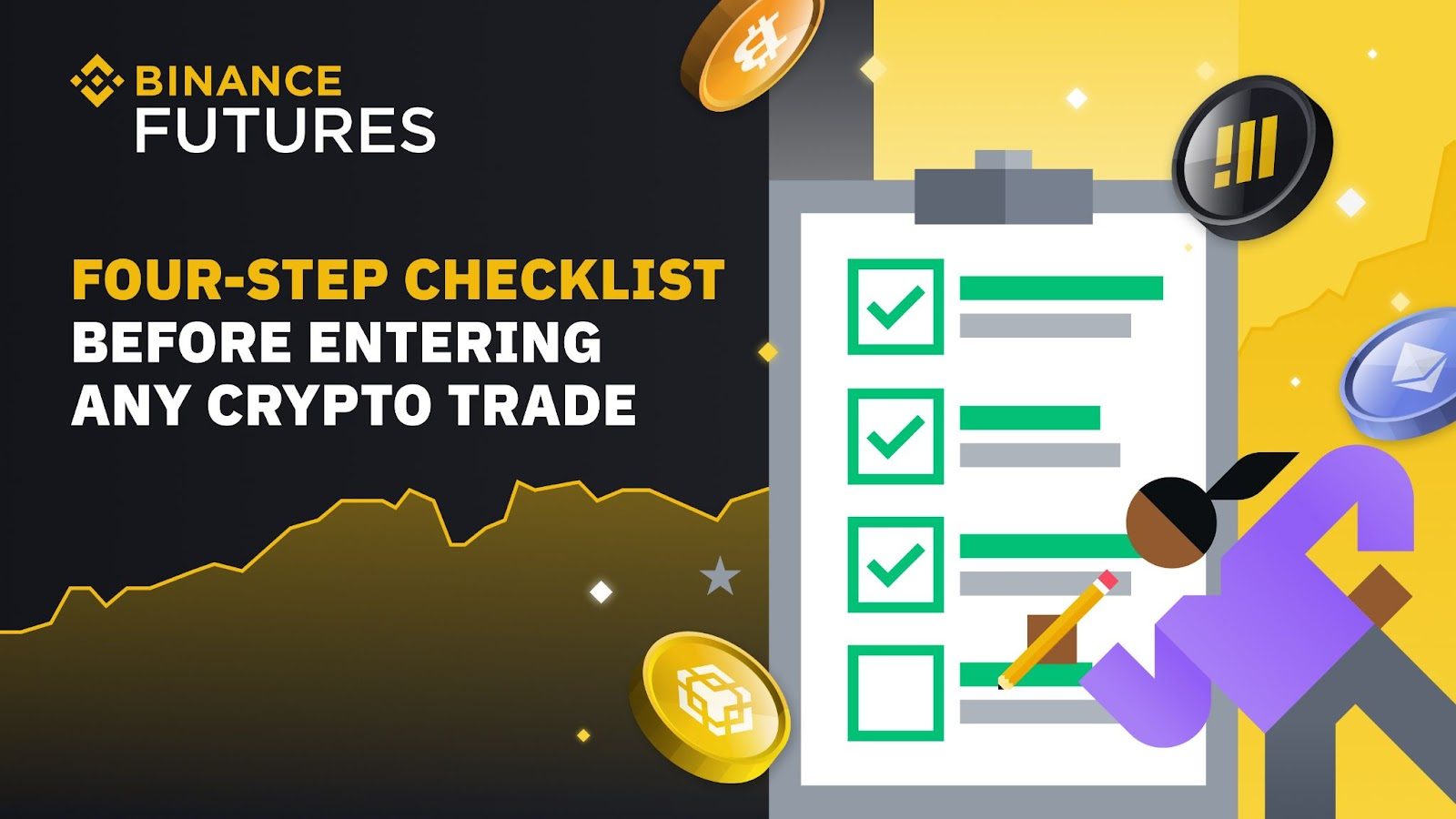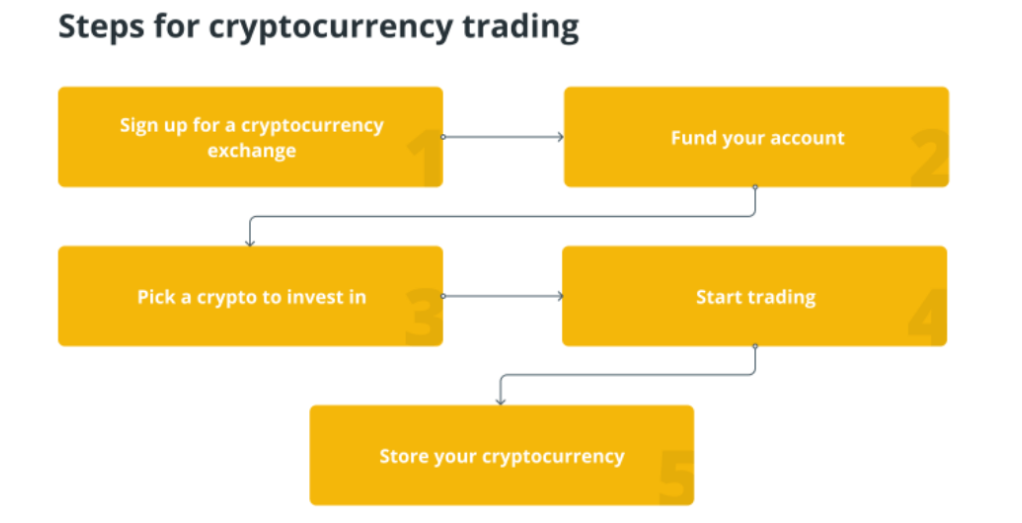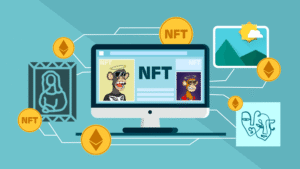Cryptocurrency trading has captured the attention of millions, offering a chance to profit from the fast-moving world of Bitcoin, Ethereum, and other digital currencies. But for beginners, it can feel like stepping into a maze of jargon and risks. Don’t worry—this guide breaks down the essentials of crypto trading in simple terms, helping you start with confidence. From choosing an exchange to understanding strategies, here’s what you need to know.

What is Crypto Trading?
Crypto trading is the act of buying and selling cryptocurrencies to make a profit. Unlike traditional investing, where you might hold stocks for years, crypto trading often involves shorter-term trades to capitalize on price movements. You can trade on exchanges like Coinbase or Binance, which act as marketplaces for digital currencies.
There are two main types of crypto trading:
- Spot Trading: Buying and selling crypto at current market prices, like purchasing Bitcoin to hold or sell later.
- Derivatives Trading: Trading contracts like futures or options, which are riskier and more complex (best avoided by beginners).
For new traders, spot trading is the simplest and safest way to start.
Why Trade Cryptocurrency?
Crypto trading attracts beginners for several reasons:
- High Volatility: Crypto prices can swing dramatically, creating opportunities for profit (but also risk).
- 24/7 Market: Unlike stock markets, crypto trades around the clock, giving you flexibility.
- Accessibility: Anyone with an internet connection can start trading with as little as $10.
- Diverse Options: Thousands of coins, from Bitcoin to altcoins like Cardano, offer variety.
However, crypto trading is risky—prices can drop as fast as they rise, so it’s crucial to learn the basics before diving in.

Getting Started with Crypto Trading
Ready to trade? Follow these steps to set yourself up for success.
Step 1: Learn the Basics
Before trading, understand key concepts like:
- Market Orders: Buying or selling at the current price.
- Limit Orders: Setting a specific price at which you want to buy or sell.
- Volatility: Crypto prices fluctuate a lot, so expect ups and downs.
- Wallets: Digital tools to store your crypto securely.
Resources like CoinDesk’s Learn section offer beginner-friendly explanations.
Step 2: Choose a Reputable Crypto Exchange
A crypto exchange is where you’ll trade. Popular options include:
- Coinbase: Beginner-friendly with a simple interface but higher fees.
- Binance: Offers low fees and a wide range of coins, though it’s slightly more complex.
- Kraken: Known for security and competitive fees, great for new and intermediate traders.
Compare fees, security features, and coin selection before choosing. For example, Coinbase is ideal for first-timers, while Binance suits those wanting more options.

Step 3: Set Up and Secure Your Account
Sign up on your chosen exchange with an email and strong password. Most platforms require identity verification (KYC) with a photo ID. To protect your account:
- Enable two-factor authentication (2FA) using an app like Google Authenticator.
- Use a unique password you don’t use elsewhere.
- Avoid phishing scams by verifying the exchange’s website URL.
Step 4: Deposit Funds
Add money to your exchange account via bank transfer, debit card, or credit card. Bank transfers are usually the cheapest but may take a few days. Start with a small amount (e.g., $50) to test the platform and minimize risk.
Step 5: Start Trading
Navigate to the “Trade” or “Buy/Sell” section of the exchange. Choose a cryptocurrency (e.g., Bitcoin or Ethereum), select a market order for instant trading, or set a limit order to buy at a specific price. Review the fees and confirm the trade. Your purchased crypto will appear in your exchange wallet.
Tip: For long-term storage, transfer your crypto to a personal wallet like Trust Wallet or a hardware wallet like Ledger.
Basic Crypto Trading Strategies for Beginners
Trading isn’t just about buying and selling randomly. Here are two beginner-friendly strategies:
- Buy and Hold (HODL): Purchase crypto and hold it long-term, ignoring short-term price swings. This is low-effort and great for beginners.
- Dollar-Cost Averaging (DCA): Invest a fixed amount regularly (e.g., $50 monthly) to reduce the impact of price volatility.
Avoid complex strategies like day trading or margin trading until you’re more experienced, as they carry higher risks.

Tips for Safe and Successful Crypto Trading
Crypto trading can be rewarding, but it’s not without risks. Follow these tips to trade wisely:
- Start Small: Only trade with money you can afford to lose. Crypto is volatile, and losses are possible.
- Do Your Research: Don’t buy a coin just because it’s trending. Understand its purpose and technology.
- Watch Fees: Trading and withdrawal fees can add up. Compare exchanges to minimize costs.
- Stay Calm: Don’t let emotions drive your trades. Stick to your strategy, even during market dips.
- Secure Your Funds: Use 2FA, avoid public Wi-Fi, and store large amounts in a personal wallet.
- Beware of Scams: Ignore “get-rich-quick” schemes or unsolicited messages promising profits.
Common Mistakes to Avoid
Beginners often make these errors—steer clear to protect your money:
- Chasing Hype: Buying coins based on social media buzz can lead to losses.
- Overtrading: Frequent trading increases fees and risks impulsive decisions.
- Ignoring Security: Leaving crypto on an exchange or skipping 2FA can expose you to hacks.
- Not Tracking Trades: Keep records of your trades for tax purposes and to analyze your performance.
What to Do After Starting Crypto Trading
Once you’ve made your first trades, keep building your skills:
- Track Your Portfolio: Use apps like CoinGecko or CoinMarketCap to monitor prices.
- Stay Informed: Follow trusted sources like Cointelegraph or Reddit’s r/cryptocurrency.
- Learn Advanced Tools: Explore charting tools or indicators like Moving Averages as you gain experience.
- Engage with Crypto: Experiment with staking or decentralized finance (DeFi) on platforms like Binance.

Conclusion
Crypto trading is an exciting way to engage with the world of digital currencies, but it requires knowledge and caution. By choosing a reliable exchange, starting with simple strategies like HODL or DCA, and prioritizing security, you can trade with confidence. Take it slow, learn from each trade, and only risk what you’re comfortable losing. Ready to begin? Set up an account on a platform like Coinbase or Binance, and take your first step into crypto trading today!






















